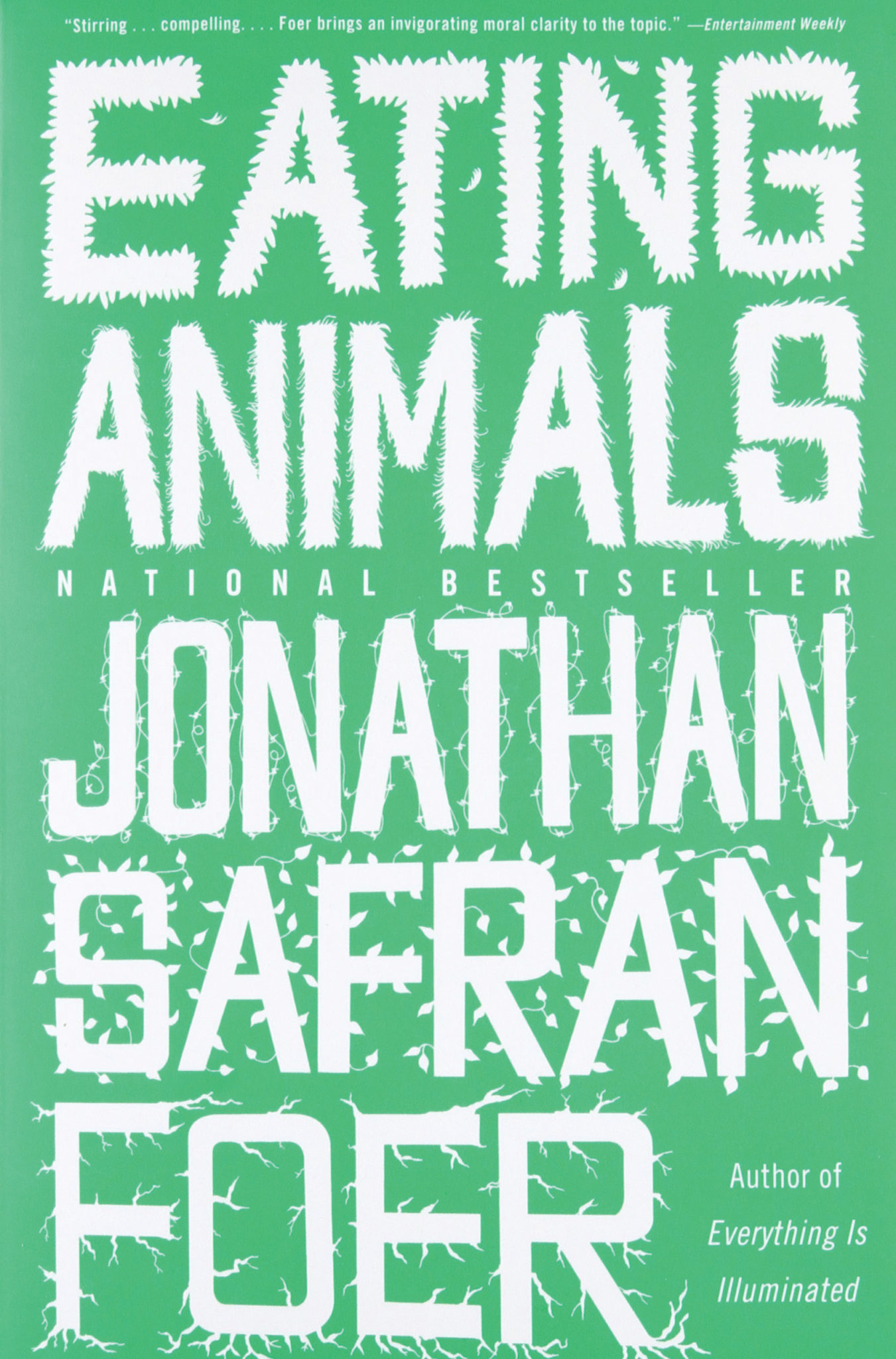There are so many terms used to convey whether your meat is ethically sourced that it can be hard to determine what you’re eating. We asked local farmers and experts for help sorting through the clutter to get to the bottom of it.
By the time you’ve taken your first bite of a tangy shredded chicken taco or a savory bacon and egg sandwich, you can be a long way from remembering what kind of meat you’re eating, much less where it was sourced and how the animal was raised.
But these days, as our carbon footprint, ethical treatment of animals, and nutritional value of what we’re consuming becomes ever more top of mind, educating yourself on the who, what, where, and how of your meat is important. But that doesn’t mean it’s easy to discern.
Whether or not you know it, every time you select pork, chicken, or beef, you also make a choice to buy local, organic, non-GMO, humanely treated, pasture-raised, as well as a handful of other subjective terms that don’t amount to much.
If sustainability is a significant concern, it’s important to know that every food has a “foodprint,” the result of all the resources utilized to get your food from the farm to your plate, the majority of which are invisible to consumers without really dedicating yourself to learning more about a brand’s sourcing. Truly knowing what’s on your plate can become frustrating and can drain the joy out of eating. That’s why the most important aspect of sourcing meat is having a clear picture of what matters most to you and your family.
Marion Nestle, author of Food Politics recently tweeted: “As with all else about food choice, you have to pick your issues. Organic has a defined, regulated meaning that involves inspection. You have to trust producers for the other terms. Labels are supposed to be truthful and not misleading, but caveat emptor.”
The Ireland experience forever changed our relationship—shaping us into friends that can deliver hard truths when needed and share unbridled joy in our greatest triumphs.


Eat Smart—Without Giving Up Bacon
Robin McConaughy and her husband Jon, owners of Double Brook Farm, Brick Farm Tavern and Market in Hopewell, NJ, are meat lovers. Around 2000, they started asking where their food was from. Reading books like Michael Pollan’s The Omnivore’s Dilemma, and finding out about industrial farming, antibiotics, and living conditions experienced by the animals that were ending up on their plates frankly grossed them out. Robin McConaughy even gave up meat completely for a stint.
So, how can consumers determine how to eat meat if even the most educated chefs and farmers struggle with it?
Robin makes it sound easy. “Decide what’s important to you, and buy the meat based on those primary concerns,” she explains. After two decades of deciding, here are her top priorities when it comes to buying meat:
1. Pasture-raised
2. Humanely raised
3. Grass-fed
4. Non-GMO, locally grown feed
If a farmer is raising its sheep and cattle out in the pasture, it’s likely the other practices are humane as well, Robin says. If they are in pasture, they are eating grass, and if grass is a priority to the farmer, it’s most likely they are supplementing with non-GMO, locally grown feed.
Notice the word organic is not on this list. Robin’s farm is not organic because she says humanely raised animals are more important to her. Remember in the definition of organic, a farmer cannot use antibiotics unless medically necessary, which can be widely interpreted. She would prefer to have the flexibility to take care of her animals. Whereas, some farms concerned with their certification will allow an animal or animals to suffer rather than treat them.

Read Up
Omnivore’s Dilemma, A Natural History of Four Meals, by Michael Pollan: This is a must-read for anyone interested in food. Pollan will make you think about food, politics agriculture, and the “perils and pleasures of eating.”
Just Food: Where Locavores Get It Wrong and How We Can Truly Eat Responsibly, by James McWilliams: Confused by all the food lingo? Just Food distills it for you and helps you decide what food choices are best for you.
Eating Animals, by Jonathan Safran Foer: Too much talk of meat? This book examines vegetarianism, farming, and the food we eat. If you’d rather watch than read, you can get your fill by watching the documentary with the same name.
The Third Plate: Field Notes on the Future of Food, by Dan Barber: Dan Barber shows us that farm-to-table food isn’t as effective as it claims. He shows how we can achieve a sustainable way of eating and move into a place where good farming and good food can intersect.
Food Politics: How the Food Industry Influences Nutrition and Health, by Marion Nestle: Much of the food industry and its marketing practices are influenced by government nutrition policies. Food Politics tells us decisions are driven by economics over science or health.
Words Matter
Food labels have always been a bone of contention for advocacy groups, politicians, and consumers. Certain terms are verified by government agencies or industry-approved entities, whereas others are unverified phrases that can just be slapped on food packaging to fool the consumer into thinking it holds meaning. In that case, the buyer is responsible for checking the quality and suitability of goods before purchasing, which can make for a very stressful food shopping experience.
There’s no question that determining which eggs and meats are best for your basket is still a daunting task, so we went to work to help you sort through the mess with a clearer understanding of what you’re looking for.
Label Decoder
USDA Certified Organic: This label covers dairy, eggs, poultry, beef, pork, bison, goat, and lamb. It means what you are buying meets the standards defined by regulations of the National Organic Program. Animals are given access to the outdoors and pasture, fresh air, sunlight, and freedom of movement. Also, this indicates a diet that does not include any genetically modified ingredients or toxic synthetic pesticides.
It also means that antibiotics cannot be used for anything other than medically necessary antibiotics.
Cage-Free: You’ll find this on eggs. The idea is that they have the freedom to roam and are not stuck in cages. However, this term typically applies to birds who can roam within a shed and doesn’t mean they get sunlight or fresh air. It doesn’t apply to birds who have access to pasture or range. Cage free can be just slightly larger space than caged hens.
Free Range: When this label is on eggs, it means the birds get access to the outdoors and have already been certified organic. When it applies to poultry, it means the farmer gives the poultry access to the outside.
Free Roaming: This label means the farmers have proven that the animals had “continuous, free access to the outdoors for
a significant portion of their lives.”
Humanely Raised: The USDA has approved third-party certification programs making “humane” claims, including Animal Welfare Approved, Certified Humane, and American Humane Certified. The Agricultural Marketing Services also approved “humanely raised” and “humanely handled” claims under its Process Verified Program. But there is no set standard for the claimit means the producer has met its own standards.
No Added Hormones: This one is self-explanatory. No hormones were administered during the course of the animal’s lifetime. However, there is no regulatory process to test this statement is true.
No Antibiotics Administered/Raised Without Antibiotics: Producers who use this label must show documentation that the animals have not received antibiotics at any point in their lives for any purpose, including treatment of illness. Producers must also document procedures for handling sick animals.
Pasture Raised/Pasture Grown/Meadow Raised: This label is used for any product that came from an animal that was given continuous access to pasture and natural vegetation.
All-Natural: This phrase is very common on food packaging, but it literally means nothing. A food producer can slap that on any label—it has no defined guidelines or standardization. Fun, right?






